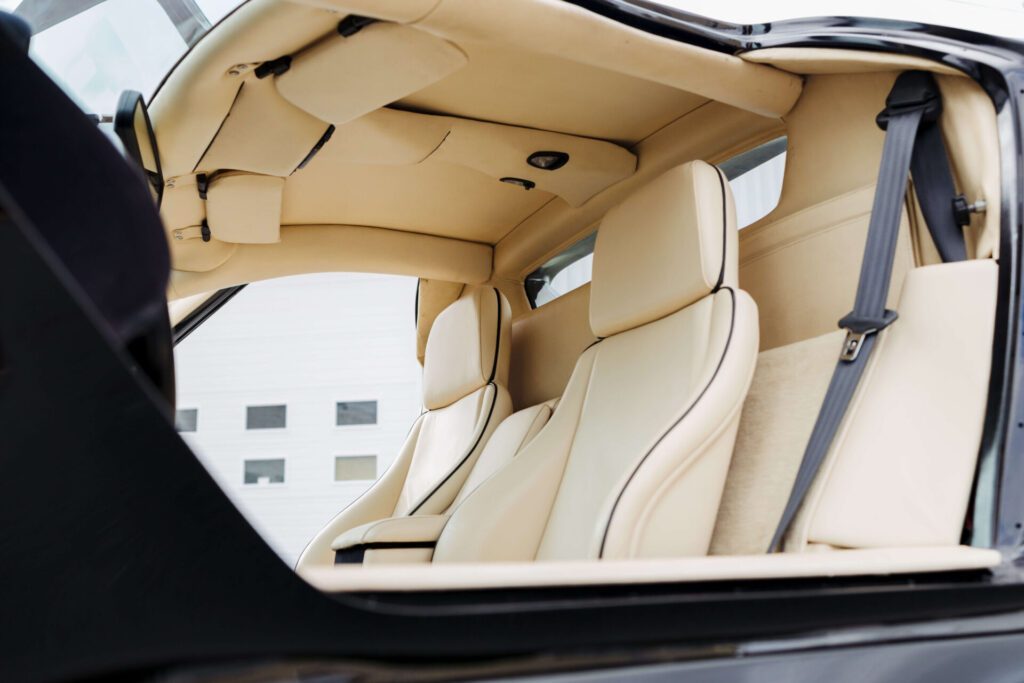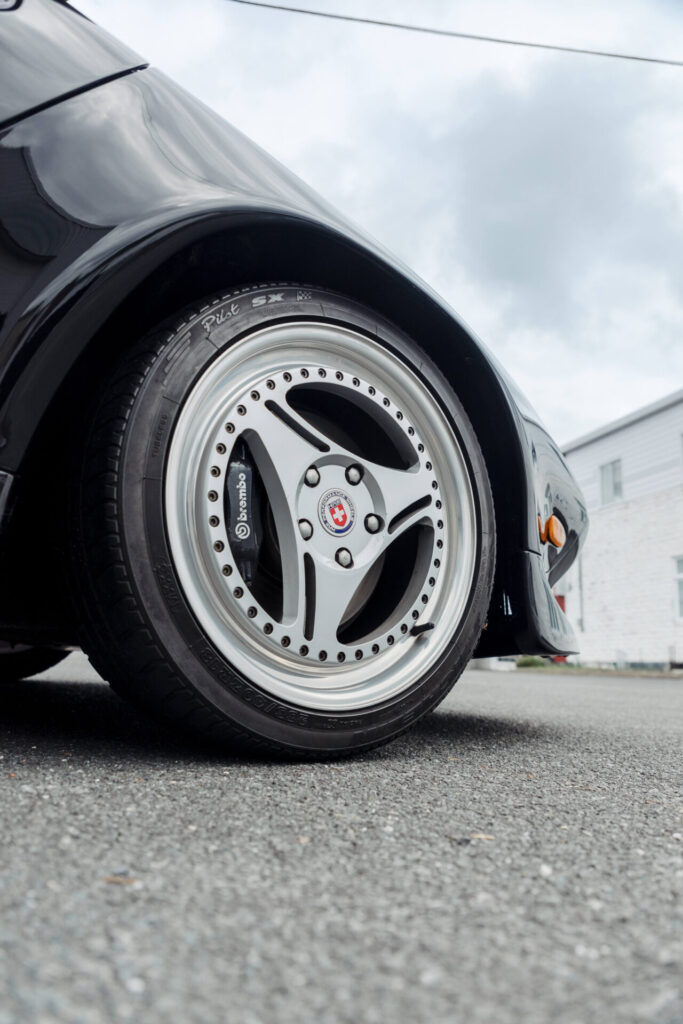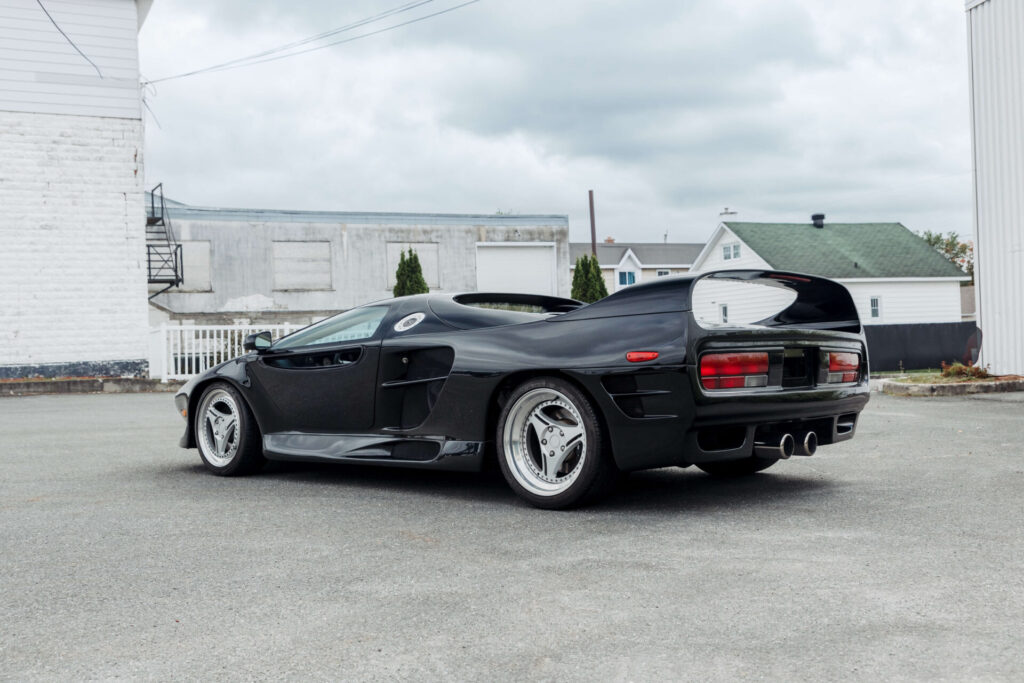The Automotive Dream “One man and his dream had not simply left the world with an engine and four wheels; Henry Ford and his Model T had influenced people's everyday lives - where they lived, how they spent their leisure time, even how they viewed themselves.” - Gary...
The Vector M12

Photo credit - GoodVision Prod
Recent posts
Lagonda 16/80 Special Six 1933
English Touring The car we present to you this week is the Lagonda 16/80 Special Six in the Demers Car Collection. Lagonda was a luxury British car brand that Aston Martin eventually absorbed. Through its association with Aston Martin, it is sometimes hard to remember...
An Introduction to Lagonda
Before Aston Martin “The history of Lagonda cars is synonymous with sophistication, opulence, and groundbreaking performance” - An article for Discovery UK Today, we may recognize the name Lagonda from its association with Aston Martin. Before these two brands...
Cadillac Model A 1903
The Standard of the World “No other American car on the market in the first decade of the century was constructed to higher standards than Cadillac.” - Stephen W. Sears in The Automobile in America Some of you may know that Cadillac has long had the slogan “Standard...
American Dream or Fantasy?
“Is this a car or a soap opera?” – Richard M. Langworth in The Complete Guide of Collectible Cars
An American attempt at producing a supercar, the Vector did not fulfill its full potential, but remains extremely exclusive. The Vector dream was to produce an American car capable of rivaling the Ferrari, the Lamborghini or the Porsche. With the brand’s first car appearing in 1989 and the last Vector produced in 1999, the challenge proved to be too difficult. Other factors like the supercar market crash of the 1990s and poor management also plagued this marque. Nevertheless, with its V12 engine, aesthetic appeal and tumultuous history, the Vector M12 is now part of supercar mythology. The Demers Car Collection is lucky to have one of the rare models of its kind. Here is a look at a darker side of the flashy supercar history.

The American Dream
The Vector is the brainchild of Gerald “Jerry” Wiegert, an American businessman and engineer. Wiegert’s ambition was to build an American supercar that would compete with European automotive icons. Wiegert wasn’t associated with the established American carmakers of Detroit, and the project was born in California.
His first attempts started in the 1970s with a prototype presented at the Los Angeles Motorshow. The car shown wasn’t functional and it would take the better part of two decades before Vector could produce usable cars. Known as the W8, Vector’s first serial production car, produced from 1989 to 1993, claimed to be capable of 242 mph or about 389 km/h and had aerospace-inspired looks. The choice of using a three-speed automatic engine from General Motors was underwhelming but its good looks made its direct competitor, the Lamborghini Diablo, look boring.
This idea of the American Dream is made evident in Vector marketing for its second production car, the M12. It proclaims it as the start of an “American Movement” that should be recorded as a “myth of our culture” with significant historical impact.

The Soap Opera
Apart from the shaky beginnings of Vector’s foundation, which included prototypes that had to be pushed by hand into auto shows, the Vector saga had other dramatic plot points. Indeed, it includes scrambling to look for capital investment and a lawsuit against Goodyear, as well as the hostile takeover of the company by Megatech.
MegaTech, a company with Indonesian origins that would later purchase Lamborghini, took interest in Vector in 1993. Although Wiegert was the mastermind behind and the head of Vector, he was ousted from the company the same year. The firing came as a result of a vote of the board of directors, but Wiegert believed that some of the members were bribed. His dramatic reaction to the matter was worthy of being on a soap opera. In protest, Wiegert changed the locks and locked himself inside the factory, even hiring armed guards.
The tactic did not succeed as the legal system supported Megatech. The world of automaking is full of these types of stories. Cars and car making raise passions. Dreams compete with economic interests and prestige fuels egos.

The M12
Appearing in 1996, the M12, although a result of his dream, was put to market without Wiegert. To put it in context, the M12 was produced in the mid-1990s, a period in history that saw some of the most incredible supercars. The buyers’ enthusiasm also fuelled speculation. Ultimately the supercar market crashed.
In 1994, Megatech added Lamborghini to their portfolio and this greatly influenced the development of the M12. After firing Wiegert, the firm had to abandon previous plans and built a new Vector from scratch. Using Lamborghini’s V12 and an elongated version of the Diablo chassis, Vector built a viable competitor to the Diablo due to its sheer resemblance in configuration, engineering and almost equal performance (only about 12 mph or 20km/h slower). Despite having an Italian “heart,” the M12’s exterior is truly American. Designed by Peter Stevens, it is based on a previously presented Vector prototype that was never produced.
Introduced in 1996, the Vector M12 was not met with the enthusiasm that was expected despite arguably being the best Vector model ever made. Production was even suspended as it seemed nobody wanted it. Although sold at a cheaper price than the Diablo and having the same guts, the American supercar venture was just not up for the challenge. Like for the Jaguar XJ220 that ceased production two years prior, some blame bad timing for the failure of this model.

What Now?
Views on the M12 can be controversial. Some believe that it is an underestimated masterpiece, while others believe that the whole project belongs in the trash. Yet, the M12 in the Demers Car Collection is one of an estimated maximum of 17 produced and a witness to an intriguing and important chapter of supercar history. It has the same beauty, power and charisma shared with many other supercars. Above all, it is an example of the power the American Dream has in shaping destinies.
Next week, we dive into the founding story of one of the oldest American automakers still active today. Follow us on social media to be notified when the blog post comes out!

The Nitty Gritty
- 5.7 liter, 492 bhp, Bizzarrini-designed V12 engine;
- ZF 5-speed manual transmission;
- Brembo-source brakes;
- 0 to 60 mph or 0-97 kp/h acceleration time of 4.8 seconds;
- Top speed of 189 mph or 304 km/h;
- Carbon-reinforced, fiberglass body;
- 108 in or 274 cm wheelbase;
- Curb Weight: 3600 lbs or 1633 kg.



